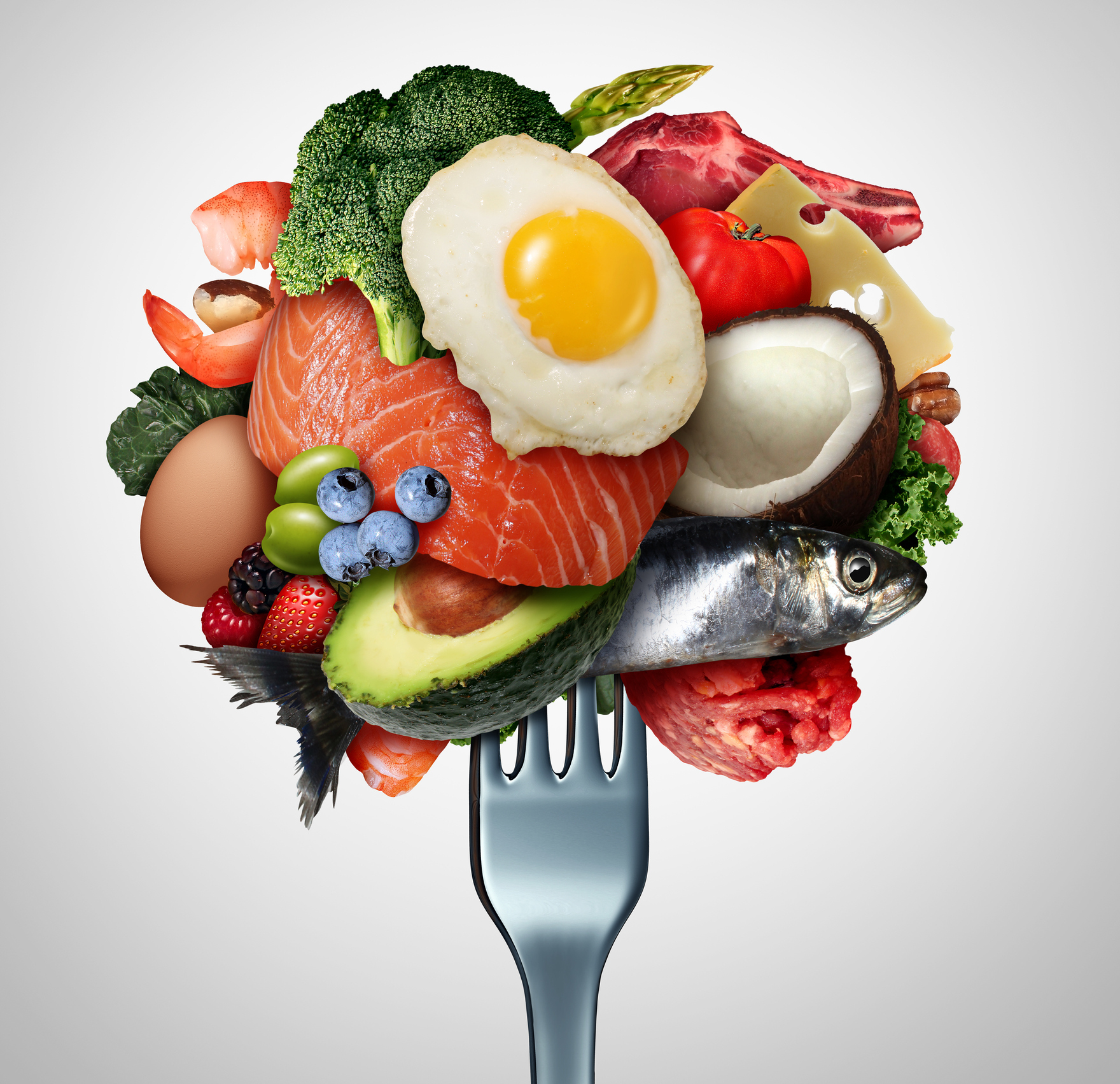
You might not be motivated to lose weight right now when it’s more tempting to hunker down away from the cold and indulge in comfort food, and hide any dietary damages until spring under a cozy layer of sweats and sweatshirts, especially when you’re eating at home, working at home and schooling at home. But this really is a great time to embrace some healthy habits, such as cutting back on sugar and empty carbs and moving more. A low carb lifestyle can help you achieve weight wellness and many low carb foods contain nutrients that can also help boost your mood, avoid spikes in your blood sugar, reduce stress and strengthen your immune system. Start small with these simple good-for-you weight loss tips:
- Find the right plan for you. You can’t go wrong when you swap sugar and empty carbs for vegetables and low-glycemic fruits rich in fiber, protein and healthy fats, and Atkins has three easy levels you can start with: Atkins 20, Atkins 40 and Atkins 100. Even if you’re new to a low carb lifestyle, you can follow these 8 tips for getting started with Atkins.
- Don’t skimp on snacks. If you’re held captive on a never-ending Zoom session, it can be a recipe for a diet disaster, especially if you end up skipping a meal or mindlessly grazing. Stock your fridge and pantry with grab-and-go snacks like berries, cheese, olives, nuts, cut-up veggies and ranch dressing or hummus, hard-boiled eggs or these low carb portable snacks or keto snacks.
- Swap high carb food for low carb food. It’s never been easier to find low carb swaps for high carb favorites, whether you’re substituting zucchini noodles for pasta, cauliflower “rice” for rice or you’re craving pizza or these low carb swaps for high carb favorites.
- Try Intermittent Fasting, if you’d like. Intermittent Fasting (IF) cycles between periods of fasting and eating. While IF is not necessary on a low carb or keto diet like Atkins, as your body is already burning fat for fuel, if you are interested in trying IF to boost your weight loss, read our Beginners’ Guide for Intermittent Fasting and FAQs for Intermittent Fasting.
- Get moving. The American Heart Association (AHA) recommends at least 150 minutes a week of moderate intensity cardiovascular exercise or 75 minutes of vigorous aerobic activity, or a combination of both, spread out throughout the week or day. Any movement matters, whether you go for a walk, run, bike ride, hike or jump rope. In fact, moving more and focusing on what you eat packs a powerful one-two punch: In one study, adults who ate five or more servings of fruits and vegetables a week (while reducing their fast food intake) and racked up 150 minutes a week of activity were more successful at keeping weight off than sedentary folks who ate less than five servings of vegetables and fruits.
- Lift weights. Muscle is more metabolically active than fat. In other words, a pound of muscle burns more calories than a pound of fat, not just when you’re exercising, but even when you’re sitting in front of your computer. Weight training can help you maintain your weight loss, improve your body composition, boost your memory and even help prevent osteoporosis. The AHA recommends weight training at least two days a week. Whether you use dumbbells or resistance bands or your own body weight, you can easily do a workout at home. Try our 20-Minute Beginning Workout or this Full Body Strength-Training Workout.
Remember, weight loss is not a race to the finish, but a journey where you learn the value of healthy habits that become a permanent part of your lifestyle.